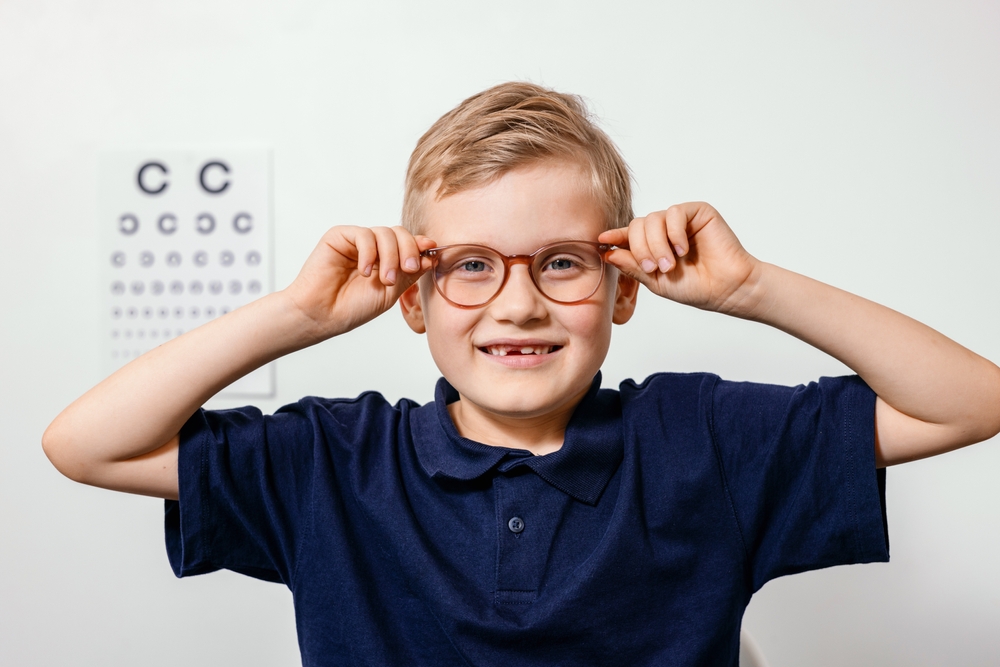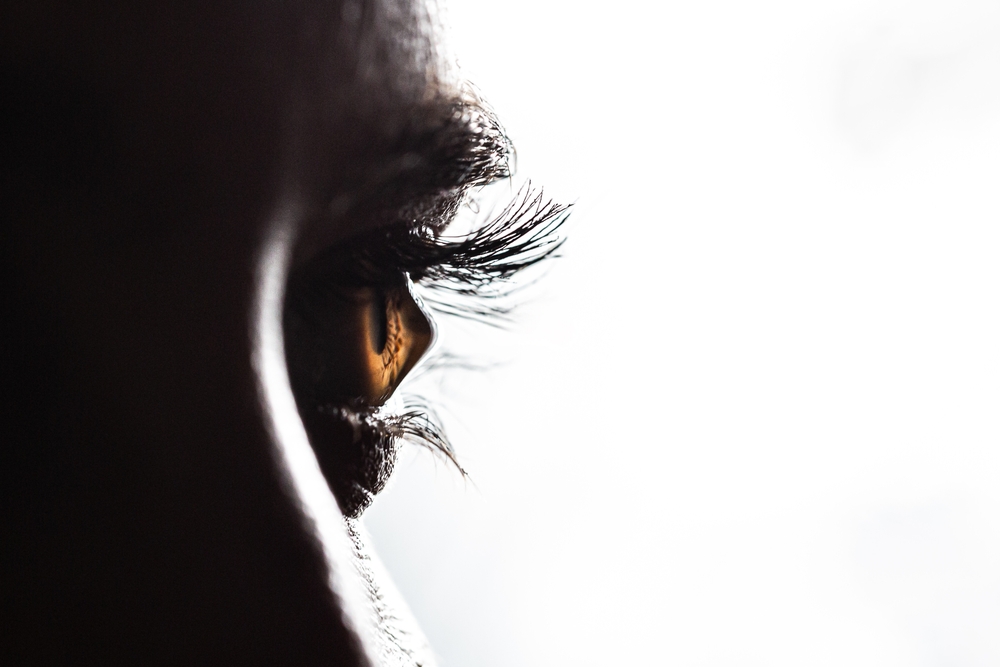JC Eyes Blog
Learn more about optometrist care in our blog!

In today’s tech-filled world, kids are spending more time than ever on screens. While digital devices have become essential, they also play a growing role in the rise of myopia (nearsightedness) in children. Myopia causes distant objects to appear blurry, and without proper care, it can progress quickly during childhood.

Keratoconus is a progressive eye condition that causes the cornea to thin and bulge into a cone-like shape. This irregular corneal shape leads to distorted vision, making everyday tasks like reading, driving, or working on a computer more challenging. While receiving a keratoconus diagnosis can feel overwhelming, understanding what to expect can help you adapt and take control of your eye health.

Imagine watching your child squint at the classroom board or struggle to recognize faces across the park. Myopia, or nearsightedness, is not just about blurry vision; it is a growing concern linked to serious eye health risks later in life.

If you’ve been told you have keratoconus or suspect you might, you’re not alone. Many people in Jersey City struggle with this progressive eye condition, often without realizing what’s causing their vision changes. At JC Eyes, we specialize in advanced contact lens solutions designed to help you see clearly and comfortably—no matter how complex your prescription may be.

Glaucoma is often referred to as the "silent thief of sight," a condition that can gradually steal your vision without noticeable symptoms in its early stages. It is one of the leading causes of irreversible blindness worldwide, affecting millions of people every year. However, with early detection and proper management, vision loss from glaucoma can be significantly reduced or even prevented.

Myopia is a common vision problem, affecting an estimated 2.6 billion people worldwide. It typically begins in childhood and can worsen as the eye continues to grow during the teenage years. If left unchecked, myopia can lead to an increased risk of other eye problems, such as retinal detachment, glaucoma, and cataracts.

As a parent, ensuring your child's overall well-being is a top priority. While regular check-ups with their pediatrician are essential, it's equally important to schedule routine eye exams. A child's vision plays a crucial role in their learning and development, and early detection of any potential issues can make a significant difference in their academic and social growth.

The journey to visual perfection isn’t as simple as popping in a pair of lenses. It begins with a comprehensive exam by an optometrist. This process ensures that your lenses are not only effective in correcting your vision but are also safe and comfortable to wear. The precision in the fit and prescription of your contact lenses is what ultimately leads to unlocking clarity in your vision.











